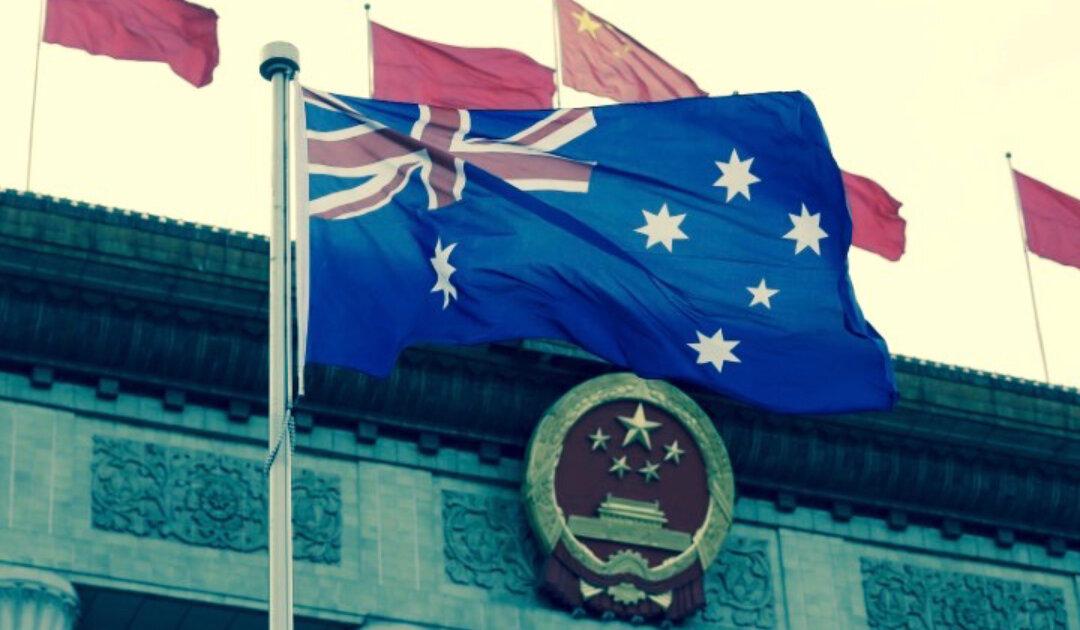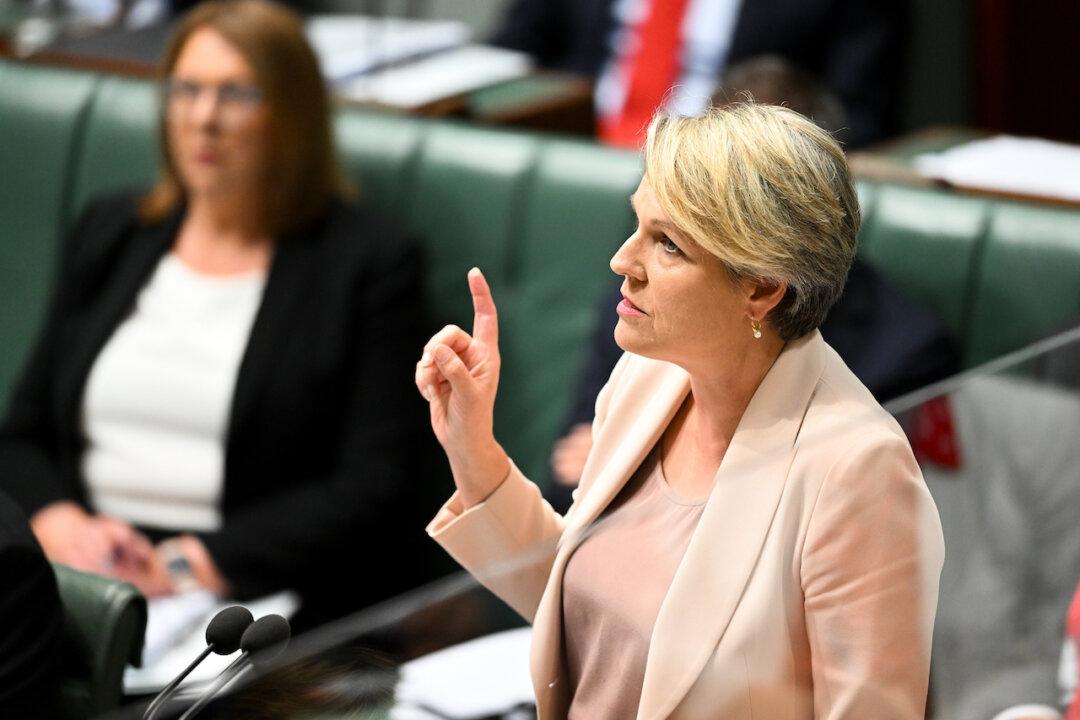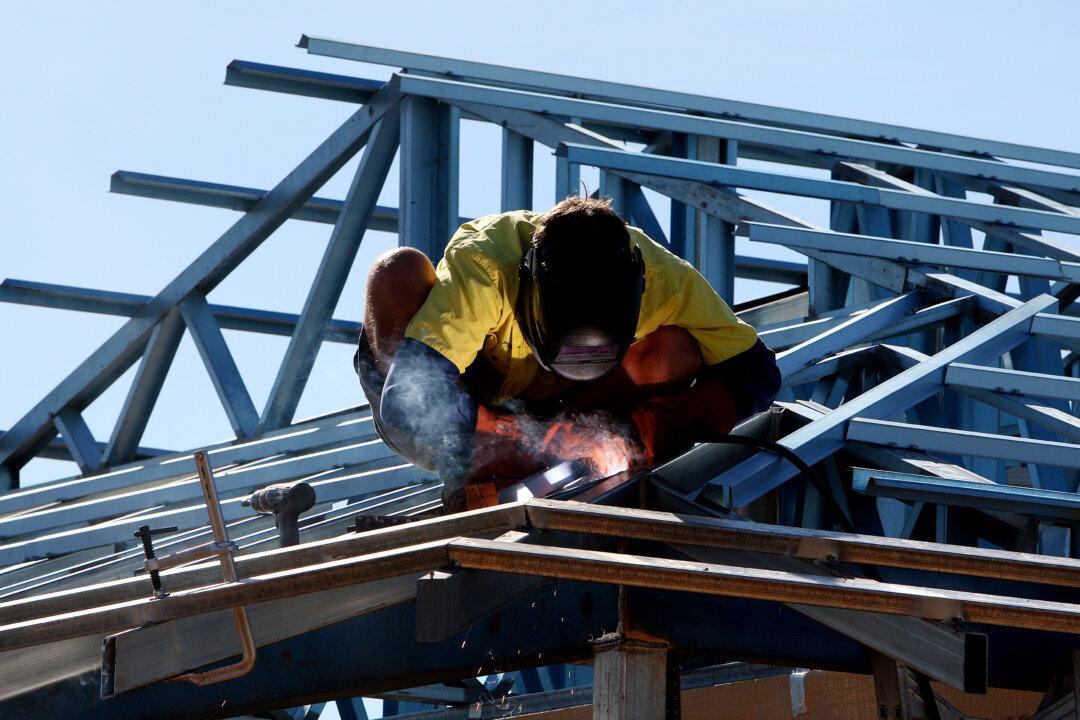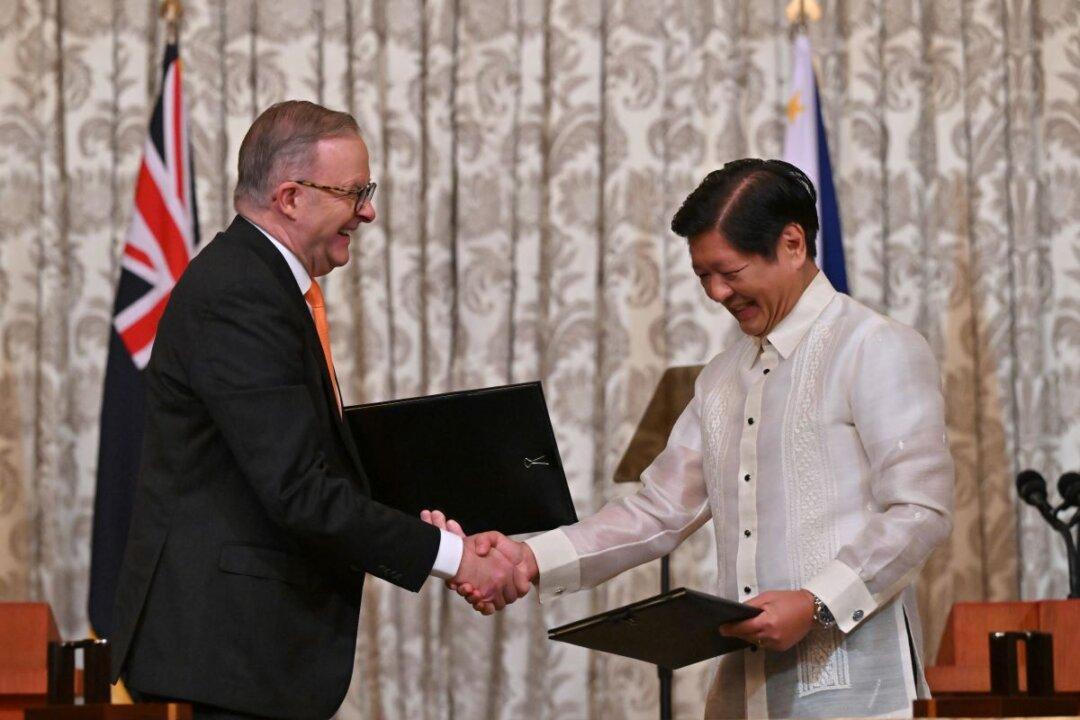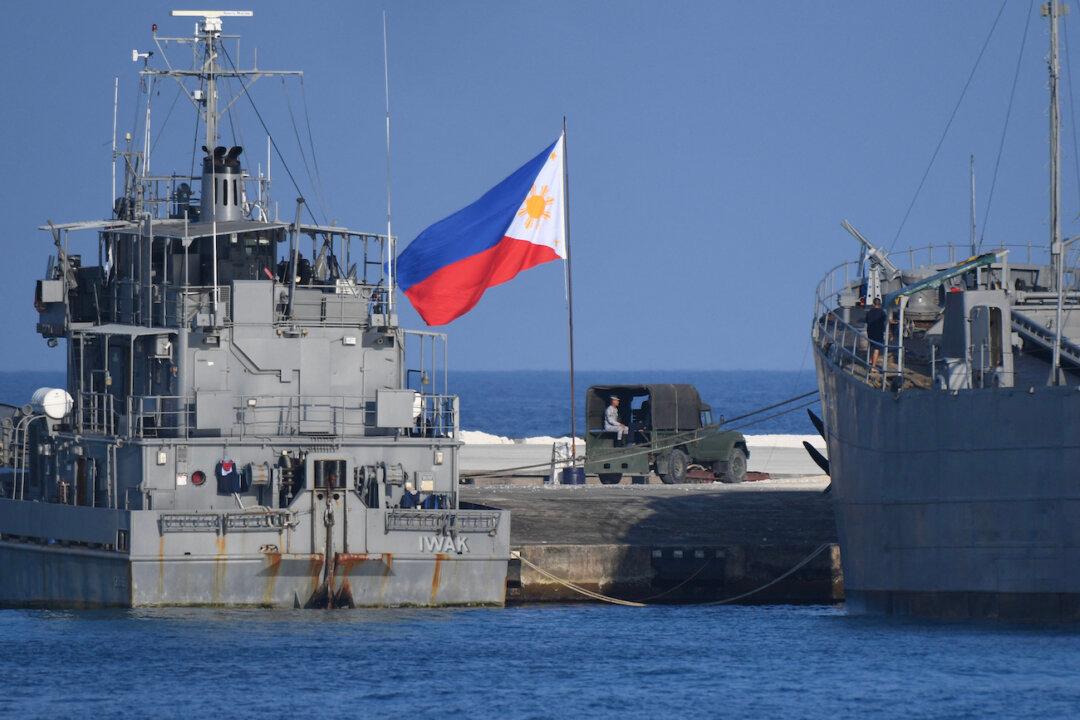Australian academic Prof. James Laurenseson says Australia and the United States need to increase their engagement with Pacific island nations if they want to combat the rise of China in the region.
Laurenceson, who is the director of Australia-China Relations Institute at the University of Technology Sydney (UTS), told The Epoch Times that the United States and Australia must maintain trust and strong ties in the Pacific to ensure that any Chinese civil infrastructure facilities don’t become military ones in the future.
